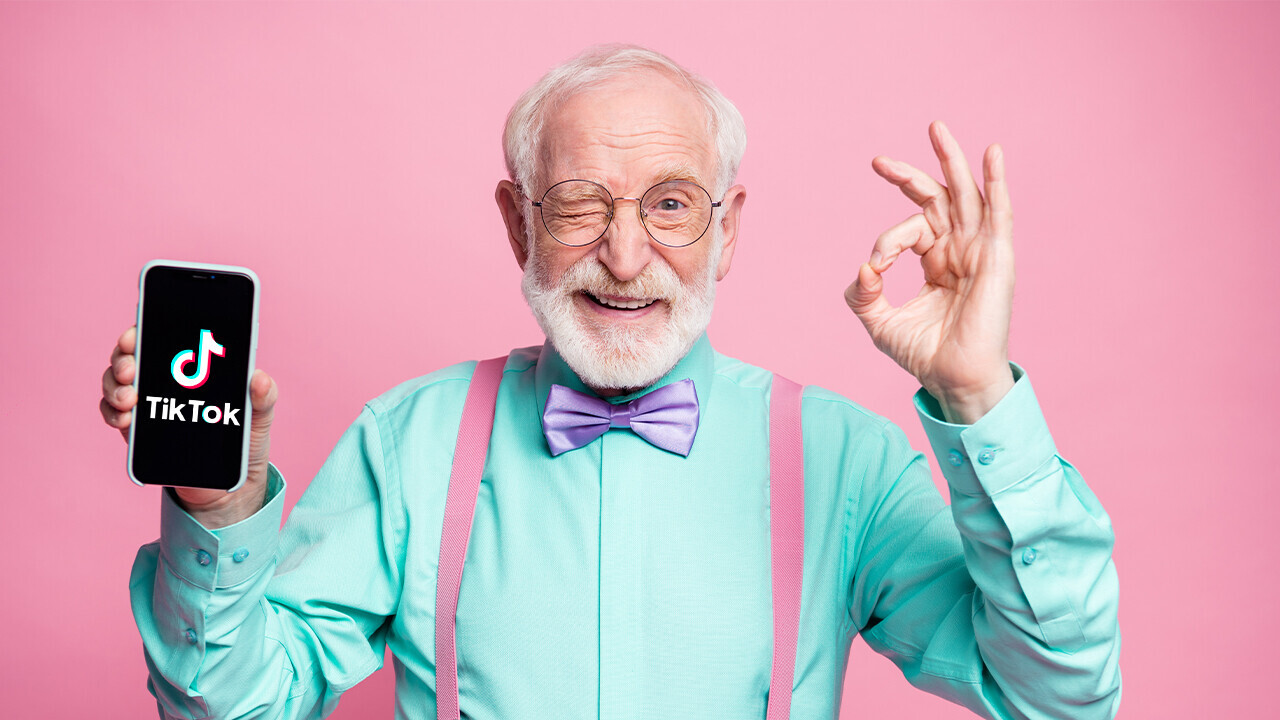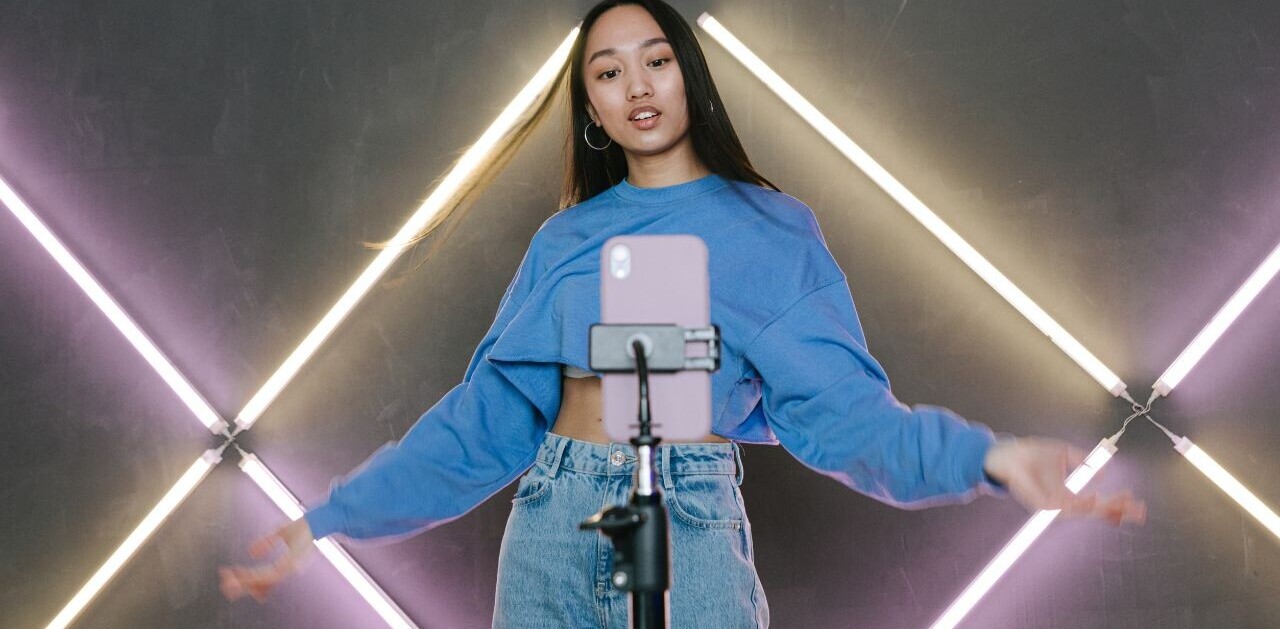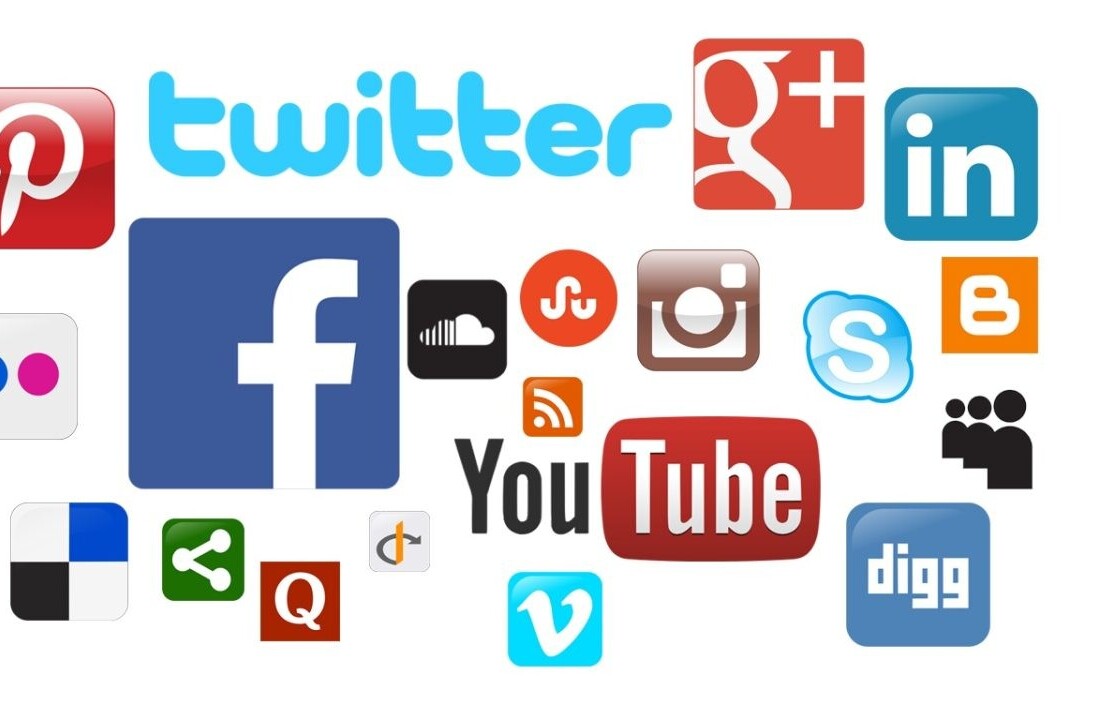During the lockdown, my 65-year-old mother did something that actually shocked me. She started going on to TikTok so she could watch and follow her favorite “Dancing Dadi” – which means grandmother in Hindi.
I was genuinely taken aback to discover that my mother – who is completely technophobic – had bought an iPad, got a high-speed internet connection, and figured out how to create a TikTok account, all just to watch uninterrupted Dancing Dadi.
While I appreciate that few sights are more entertaining than an Indian granny amusing others with her wicked dance moves, there had to be something more than mere amusement converting my mother to technology and the youthful attractions of social media.
As I started to examine the reason behind this transformation, I realized that both my mother and Dancing Dadi herself are trying to bust the negative stereotypes and myths about old age.
While my mother was tearing down the trope of the older person who cannot get to grips with technology or understand social media, Dancing Dadi was shattering the stereotype that older women don’t have the energy to dance or express joy through movement – and was using social media to demonstrate it.
Recent research from the University of Singapore has shown this isn’t as unusual as you might think. Many older people are turning to TikTok – best known as a playground for Gen Z – to reframe the experience of aging and kick back against age stereotyping.
In my own work as a behavioral data scientist, I explore how humans become biased in the first place. We are all born unbiased but then learn our prejudices from all sorts of sources such as culture, language, society, peers, values, and so on. My research is concerned with developing sophisticated AI technologies to mitigate human biases, prejudices, and stereotypes.
Both my mother and Dancing Dadi compelled me to ponder these ageist stereotypes – why they still exist and why some people are trying so hard to overcome them using one of the world’s most popular social media platforms.
How stereotypes work
Stereotypes are beliefs (or associations) about certain social groups or categories. For instance, men are commonly associated with power and career while women are often associated with family and a lack of power. In other words, stereotypes are expectations about a certain group’s ability, preferences and personality type, which are often over-generalized and thus inaccurate.
Along the same lines, older people (those over 60) are stereotypically considered weak, ailing, incapable, boring, and useless at technology and social media.
Research has shown that the human mind has cognitive limitations such as bounded rationality, meaning, we seek good enough decisions rather than the best possible ones. When making decisions, we rely on simple cues which are often formed by our assumptions or stereotypical associations. This is especially true when people don’t have the time or resources to discover new information.
The question is, are these associations correct and should they be relied on during decision-making? Many of us might deny we think that way, but how often when making decisions under pressure, do we actually succumb to our cognitive limitations, forming biased opinions? In this way, stereotypes lead to biased perceptions then which can then lead to discriminatory behavior.
Smashing biases
The only way to unshackle the mind from our own subconscious biases is to demolish these stereotypes. However, challenging stereotypes, changing society, and mitigating subconscious biases that lead to discrimination is not easy.
But those wishing to dispel negative stereotypes of older age have already started a social media revolution on Tiktok’s popular video platform. Smart, funny, and generally geared towards youngsters, 41% of TikTok users are under 24 – but around 14.5% of users are over 50.
Increasingly, as the Singapore research has shown, more and more older people are adopting this platform as their social media of choice to provide a glimpse into a youth-centric world what their lives are like, the views they hold, and the fun they have.
The researchers compiled TikTok’s most-viewed videos of people over 60 with at least 100,000 followers, resulting in up to 1,382 posts with more than 3.5 billion views. An in-depth analysis then highlighted how older adults are proactively engaging in TikTok to defy the negative stereotypes and challenge socially constructed notions of “old age”.
These revolutionary content creators are users over 60 and creating viral content for their millions of followers. The big hitters are people like Grandma Droniak, who hands out straight-talking advice; Grandad Joe, who makes humorous, non-speaking videos about how he sees things; J-Dog, a nonagenarian who likes to put young people right; Grandpa Chan, who is a whizz at keep-fit dance videos; and Babs aka Nonna, who is now a best-selling cookbook author through her popular TikTok recipe and lifestyle videos.
These people showcase their wisdom, vibrancy, energy, and fierceness, proving that granddads can be granfluencers and grandmothers can be glammas – glorious and glamorous.
In using humorous, engaging videos, older people are taking a stand against bias and discrimination, and rejecting the idea that they are invisible. Of course, there needs to be a greater effort on a variety of fronts to eliminate the stereotyping of older people that goes on in our culture. This includes what I do – designing programs that can make us aware of our own biases and devising strategies that can challenge them.
Meanwhile, these older TikTok-ers are part of an encouraging and heartening movement that is helping to shift prevailing attitudes. In a world so concerned with inclusion, older people are often at the end of the queue, as we saw during the COVID-19 pandemic. This delightful late-in-life embracing of TikTok serves to remind us all of the value and humanity of a section of society that is so often ignored and sidelined.![]()
Article by Shweta Singh, Assistant Professor, Information Systems and Management, Warwick Business School, University of Warwick
This article is republished from The Conversation under a Creative Commons license. Read the original article.
Get the TNW newsletter
Get the most important tech news in your inbox each week.





